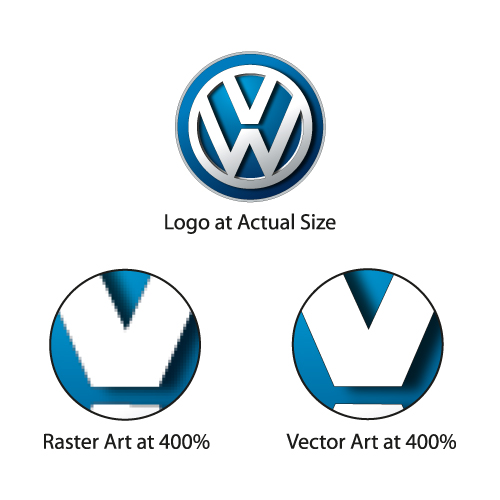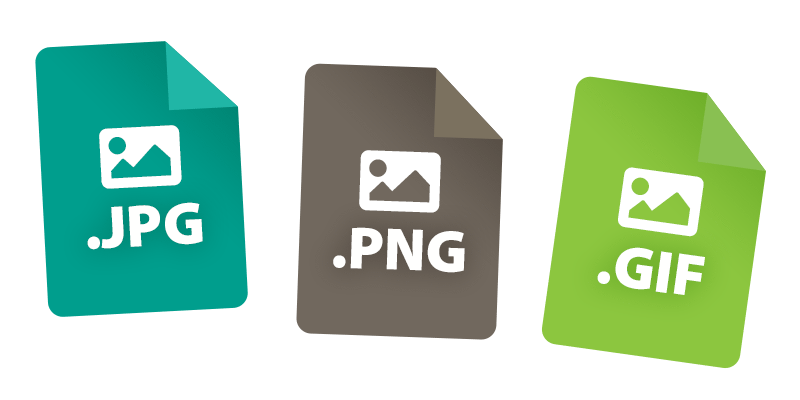QUESTION: What's a vector file? (And why do I need one of my logo?)
Short Answer: There are two kinds of digital images—raster and vector. Raster images are made of pixels. Vector images, on the other hand, are built from mathematical formulas that establish points on a grid, which means they can be adjusted in size infinitely without losing quality.
That last part is really the key to the whole thing, so I’m going to say it again in bold:
Vector images can be adjusted in size infinitely without losing quality.
For once, the Long Answer isn’t that any more complicated than the short answer!
Now, for that second part of the question. Why do you need a vector file of your logo?
This question usually comes up when I’m working with a new organization. I ask for a copy of their logo for use on a brand new postcard, ad, or billboard, and they send me a tiny JPG from their website or worse—a Word document with an image embedded in it.

So, to avoid making me make that face ^^^, here’s why you need a vector version of your logo.
As I mentioned above, vector formats are built with mathematical equations that create geometric shapes, so I can make them as big as we need them to be without ever getting any pixelation or blurriness. I can use the same vector logo file at 0.5″ on a business card or on a billboard at 10-feet wide. Convenient, eh?
When you increase the size of a raster image, you get that jagged, distorted look that everyone hates. (Check out that graphic near the top of the post with the VW logo to see what I mean.)
If you’re searching the company server for a vector version of your logo, look for file extensions like .EPS, .AI, .SVG, and .PDF. HOWEVER, it’s important to note that you CAN embed raster graphics into those filetypes… but that doesn’t magically change your file into vector.* I’ve had people excitedly email me the same tiny JPG from their website, but this time saved as a PDF.
If you can’t find a vector version of your logo or you never had one to begin with, you have a few options:
1. Ask the original designer for the vector and/or layered files.
If the logo was designed in a photo editing program like Photoshop, the file won’t be vector, but there may be vector elements that we can extract from the layered file.
2. We can recreate the raster logo as vector.
Depending on the complexity of your logo and the availability and licensing agreements of the typefaces used, this could be a simple process… or it could be a doozy. We’ll evaluate that on a case-by-case basis.
3. Maybe it’s time for a rebranding?
Sometimes the logo isn’t just a tiny raster image; sometimes it’s a poorly-designed, dysfunctional, tiny raster graphic that’s hurting your organization’s image. If that’s the case, let’s talk about a logo redesign or a full branding process.
Vectors and raster images aren’t something you need to stress about. Let us worry about that! When in doubt, we’re here to help!
* The reverse isn’t true though. If you save a vector file as a raster image, you’ll get a raster image. I know, life isn’t fair.
Sources:
https://www.adobe.com/lu_en/creativecloud/design/discover/vector-file.html
https://www.brachaprinting.com/whats-a-vector-file/





